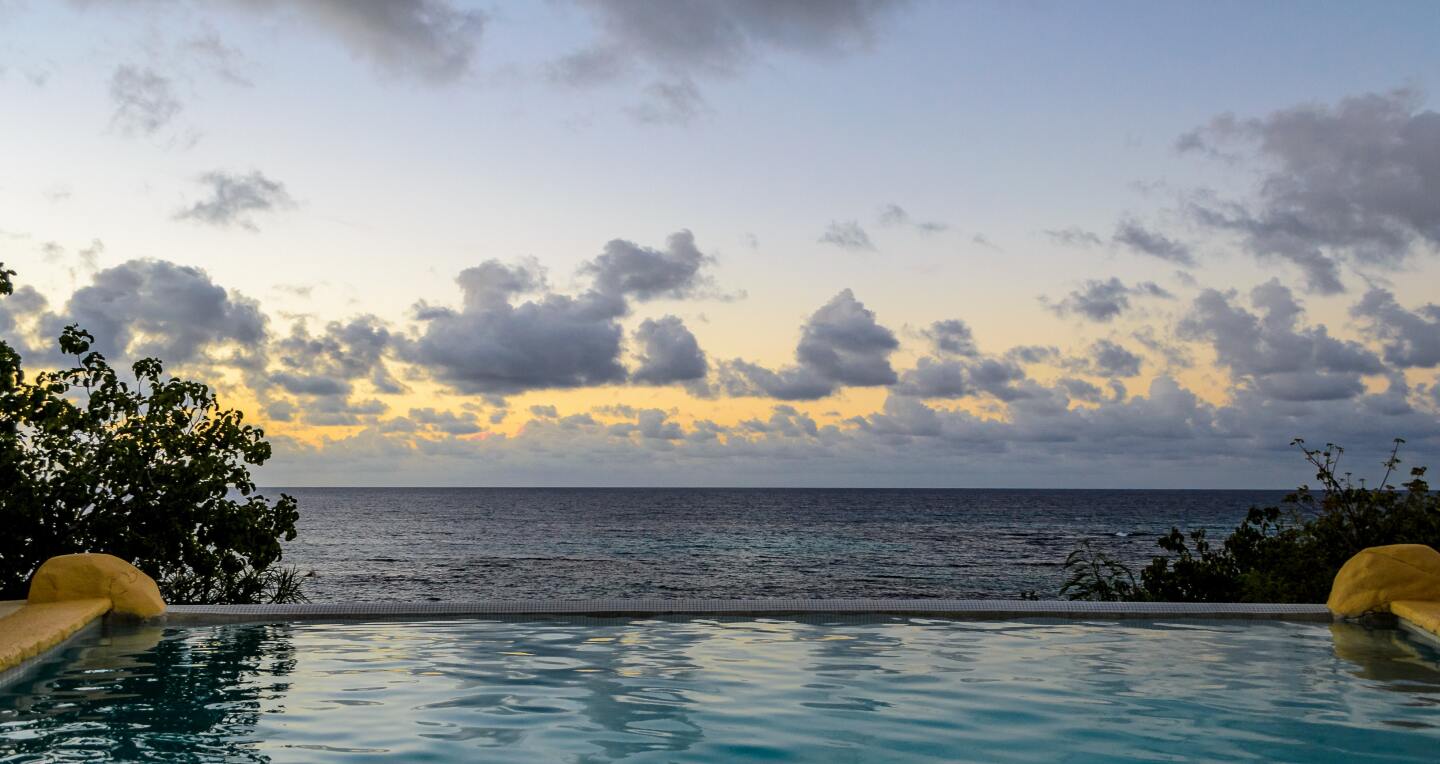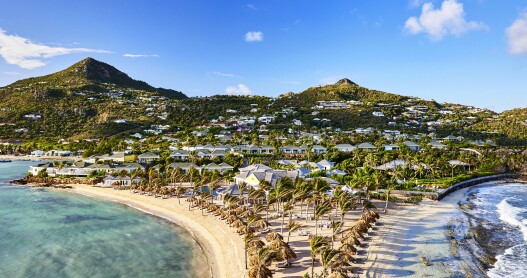Overview
Can’t miss things to do in Anguilla
This tiny, sandy Caribbean bump—located a few miles away from bigger, busier St. Maarten—boasts breathtaking beaches, excellent snorkeling and diving, offshore cays that can be yours for the day, and charter sail companies that can put you in charge of the open ocean. Out of the water, discover historical landmarks like the fully intact Wallblake House (a plantation house that is now a cultural center) and the Old Salt Factory and Pumphouse. The Anguilla Summer Festival’s main attraction is the round-the-island boat race, an event which draws visitors from all over the world.
Food and drink to try in Anguilla
Anguilla’s staple foods come from the sea, while preparation methods, ingredients, and cooking styles have been influenced by Caribbean, English, West African, Spanish, and South American cuisines. Menus across the island feature lobster, crayfish, conch, mahimahi, snapper, grouper, and more. While salted cod is ubiquitous and found in numerous iterations, pigeon peas and rice is the national dish. Geographic size and harsh grazing conditions limit the number of livestock the island can sustain; goat is therefore the most popular meat, though most restaurants will serve imported beef, pork, and poultry.
Culture in Anguilla
Anguilla, a British Overseas Territory, was first inhabited thousands of years ago by Carib peoples who migrated north from South America; it was colonized by the English in the 17th century. Anguilla has had close ties to the West ever since, with cuisine, language, and even music influenced by the British relationship. Festivals and holidays are an important part of life in Anguilla; the Summer Festival celebrates emancipation, while the increasingly popular Moonsplash is a showcase for many local musicians. The island’s religious history is on display at over a dozen Christian churches, some of which have stood since the early 19th century.
Shopping
You won’t find any big outlet malls, duty-free boutiques, or international names on Anguilla—for that, take the short ferry ride to Marigot on nearby St. Maarten. What you will find on Anguilla are locally owned outfits that sell Caribbean handcrafts and artwork, and traditional Anguillan clothing. ZaZAA in Shoal Bay East stocks colorful island-wear such as striking caftans and lightweight kurta shirts; Cheddie’s Carving Studio features dramatic driftwood sculptures; and the Stone Cellar Art Gallery, housed in a former cotton gin from the mid-19th century, hosts rotating art exhibitions and the woefully underrated Sir Roland Richardson’s Caribbean impressionist paintings.
Practical Information
Temperatures on Anguilla remain largely constant throughout the year, at about 80 degrees. Accommodation prices skyrocket during the November–February peak season. Hurricane season begins in June but doesn’t usually bring severe weather until September. Visas are not required for visitors from North America. Anguilla’s international airport services small aircraft; it’s a good idea to land in nearby St. Maarten and take the 25-minute ferry ride to Blowing Point. A $20 departure tax is payable at the ferry terminal or airport. ATMs can be found in large hotels and in The Valley, Anguilla’s capital; U.S. dollars are accepted everywhere. A 15% service fee is added to most restaurant bills and extra tipping is not required.










